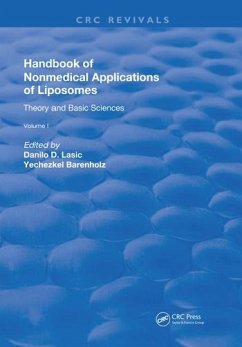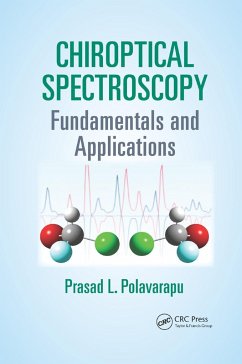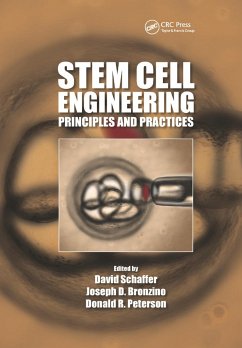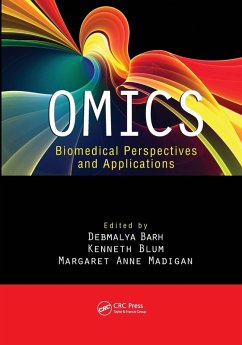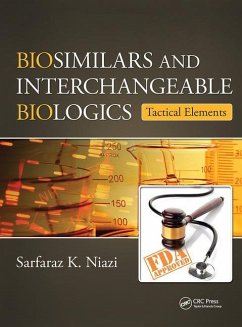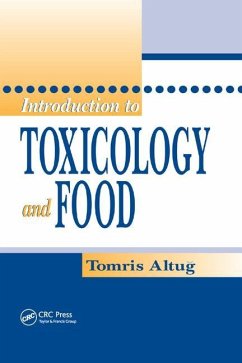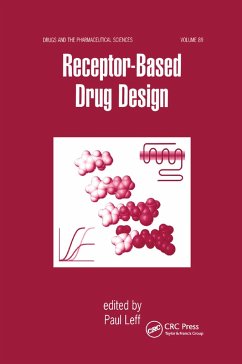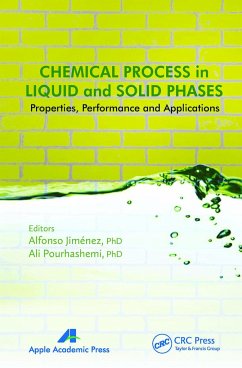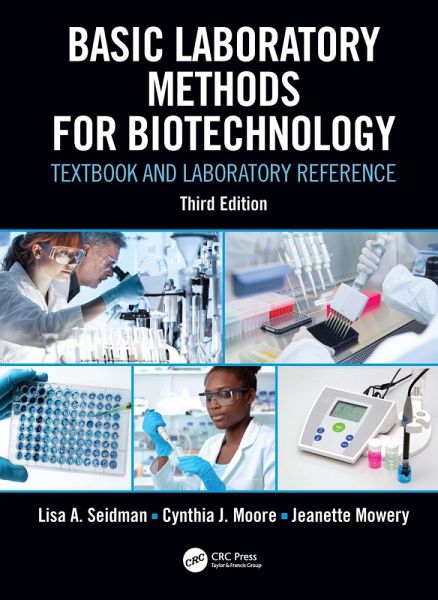
Basic Laboratory Methods for Biotechnology
Textbook and Laboratory Reference
Versandkostenfrei!
Versandfertig in über 4 Wochen
109,99 €
inkl. MwSt.
Weitere Ausgaben:

PAYBACK Punkte
55 °P sammeln!
This versatile textbook provides students with a solid foundation to pursue employment in the biotech industry and can later serve as a practical reference to ensure success at each stage in their career. The authors focus on basic principles and methods while skillfully including recent innovations and industry trends throughout.




